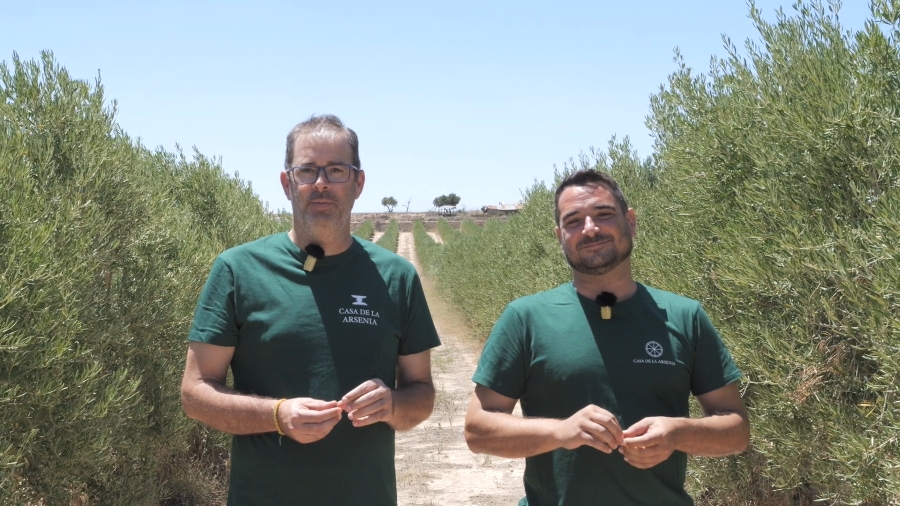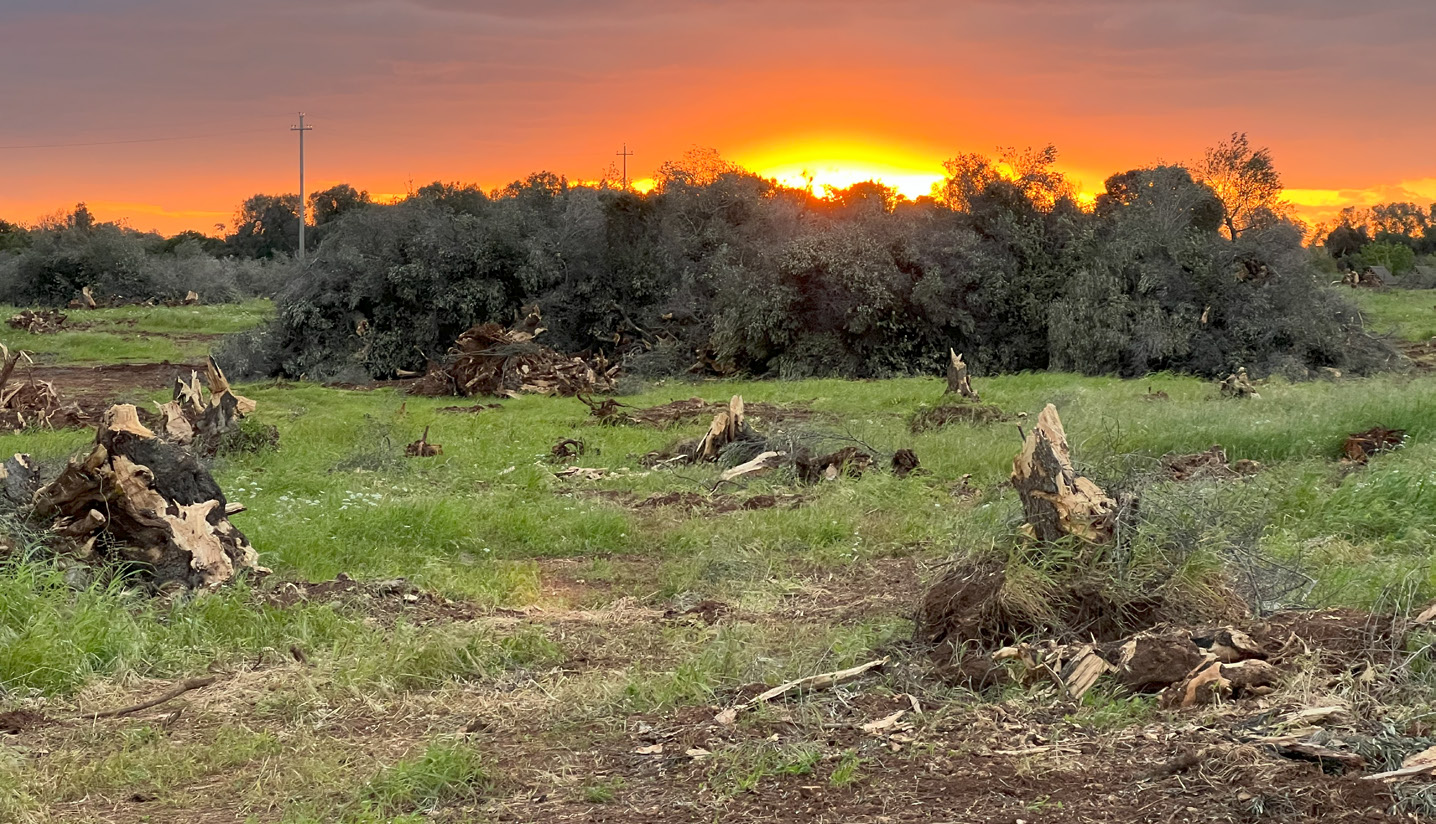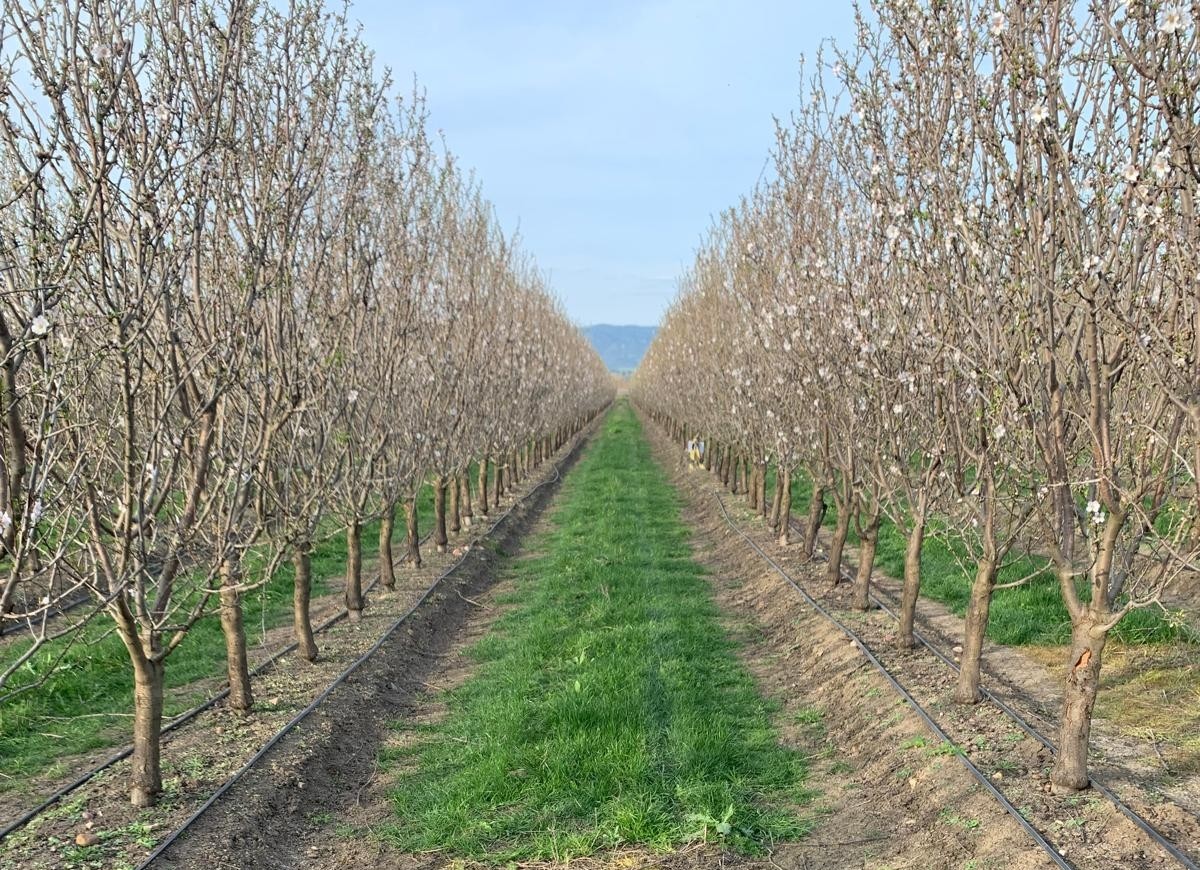Lecciana: Opinions of Expert Growers and Results
We’ve gathered some testimonials from those who have had the opportunity to get to know the Lecciana variety up close.
Are we witnessing a change in the international EVO oil market?
Frantoi Berretta: Mainly due to climatic factors, which especially affect southern Europe — the area where most olive groves are located.
Calleri Salvatore & Sons: Yes, certainly. Many countries are increasingly shifting toward the production of high-quality olive oil, focusing not only on quantity but also on distinctive characteristics that reflect excellence..
How do modern (super-intensive) methods and technologies integrate with traditional practices?
F.B.: The establishment of new “super-intensive” groves, unlike traditional practices, reduces labor costs and optimizes production.
C.S.&S.: The integration is happening in a positive way, as many producers are moving toward new methods while still supporting native varieties. However, in recent years, these traditional varieties have shown lower productivity, pushing producers to adopt more modern solutions..
Regarding the choice of varieties — why did you choose Lecciana?
F.B.: For the organoleptic characteristics of its oil, the balanced vigor of the plants, and the consistency of productivity.
C.S.&S.: The Lecciana variety was recommended by the technicians at Agromillora and, in my opinion, represents an excellent choice both from a production and quality standpoint.
How might innovation and new cultivation models affect your mill’s operations?
F.B.: So far, processing has been very straightforward, with no issues encountered.
C.S.&S.: Innovation will have a positive impact on our work by improving harvest speed and reducing downtime at the mill. In addition, the uniformity of the product allows us to optimize the production process, ensuring consistent productivity.
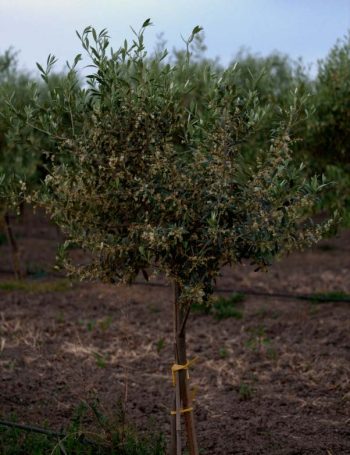
Which factors in the production process are essential to obtaining the best quality EVOO oil from Lecciana?
F.B.: The timing between harvest and processing is crucial — it should never be underestimated. Also important are the crushing quality, malaxation times, and oil filtration.
C.S.&S.: To produce a high-quality EVO oil, it’s essential to harvest and press the olives within a short time (6–7 hours), use a cold extraction process (no higher than 23°C / 73°F), and adopt a two-phase extraction system.
When processing Lecciana olives at the mill, what characteristics stand out?
F.B.: The oil is green, with a very balanced flavor.
C.S.&S.: The Lecciana variety is known for its ease of processing, even in irrigated systems. Its balanced ratio between pit and pulp ensures an excellent yield without particular difficulties, allowing for smooth and efficient milling.
Looking ahead, how do you see EVO oil being used in the near future?
F.B.: There’s significant growth worldwide in olive oil consumption, supported by excellent communication efforts increasingly focused on knowledge and quality.
C.S.&S.: The use of EVO oil will continue to grow, especially as more people become aware of the health benefits of a balanced diet. EVO oil offers numerous health properties, and demand will rise along with greater attention to wellness.
In your opinion, how does the proximity to the Mediterranean Sea influence EVOO oil?
F.B.: The Mediterranean climate provides a perfect microclimate, especially in hilly areas.
C.S.&S.: The proximity to the Mediterranean Sea gives EVO oil unique characteristics that only olives grown in Mediterranean basin countries can express. Sea breezes and local microclimates play a key role in shaping the flavor and quality of the final product.
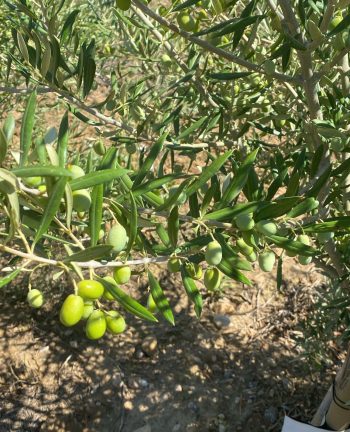
In your opinion, which dish pairs best with Lecciana oil?
F.B.: It goes well with many dishes, especially vegetables and soups.
C.S.&S.: The delicacy and aromas of Lecciana oil are best appreciated on simple dishes, such as plain pasta with raw olive oil or warm legume soups.





